Asus ROG Zephyrus S GX701 review: A fantastic 17in gaming laptop with a fantasy price tag
As gaming laptops go the Asus ROG Zephyrus devices are among the best. They’re also among the most expensive which, sadly, puts them well out of reach for the majority of PC gamers. The last one we reviewed, the Zephyrus GX501 , was an immensely powerful gaming laptop with a stunning Max-Q design. The Asus ROG Zephyrus S GX701 takes that slimline design to the next level, somehow also packing more internal firepower than ever before.
This one has the makings of a world-class gaming laptop, that’s for certain. Then again, there are plenty of laptops that offer amazing gaming performance for hundreds (tens of hundreds, even) less. So is the Zephyrus S GX701 worth it?
READ NEXT: Best gaming laptops you can buy
Asus ROG Zephyrus S GX701 review: What you need to know
This laptop was bred for one purpose, and that’s to offer a portable gaming experience on a par with a high-level desktop gaming PC. The 17.3in, 1,920 x 1,080 (FHD) IPS display on the Zephyrus S GX701 has a refresh rate of 144Hz and is equipped with a Nvidia G-Sync module to prevent screen tearing. What’s more, things only get more impressive on the inside.
The Zephyrus S GX701 runs on an 8th-Gen hexa-core Intel Core i7-8750H chipset, backed up by 24GB RAM. For maximum gaming prowess, Asus has also packed in an Nvidia GeForce RTX 2080 (Max-Q) with 8GB GDDR6 RAM. Finally, you get a 1TB NVMe PCIe SSD to store a healthy library of gaming titles.
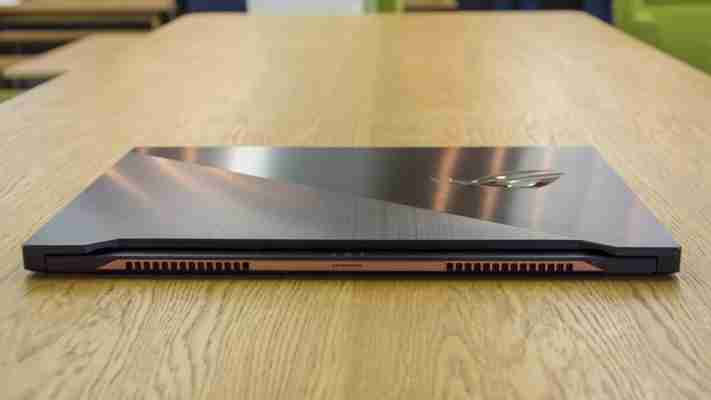
Asus has managed to slim down on the bezel sizes of the Zephyrus S GX701 since the last generation (hence the ‘S’) while increasing the display size from 15.6in to 17in. This reduction comes at the sacrifice of the internal webcam, but an external camera is provided. With the weightier specifications it has grown heavier, though. And then there’s the increase in price to consider...
Asus ROG Zephyrus S GX701 review: Price and competition
There are three separate models of Asus ROG Zephyrus S, although only two of them will be available in the UK. The model described above is the Zephyrus S GX701GX, and is the one I’ve been sent for review. It is also the most expensive of the three tiers as it’s the only model to ship with a Nvidia GeForce RTX 2080 (Max-Q) graphics adapter. Asus lists the Zephyrus S GX701GX at £3,500 but it happens to be available on Amazon for £3,200 .
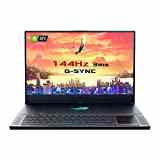

Even with those tidy Amazon savings, that’s still £400 more than the original price of the Zephyrus GX501 (£2,800 at launch), which had an Intel Core i7-7700HQ plus a GeForce GTX 1080 graphics card. That model is hard to find these days but has been seen for as little £2,300 .
The Zephyrus S GX701GW model has similar specifications to the GX701GX but ships with a Nvidia GeForce RTX 2070 GPU instead. It’s not on sale at the time of writing but will cost £3,200 once it hits the Asus store. The Zephyrus S GX701GV, with has Nvidia GeForce RTX 2060 graphics, will not be sold in the UK.
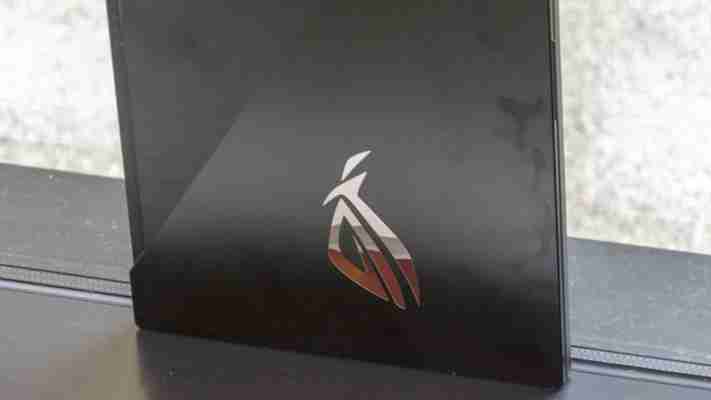
Although the Asus ROG Zephyrus S is the first laptop with a GeForce RTX 2080 (Max-Q) that we’ve tested, there are plenty of comparable gaming machines out there. The closest match, strictly in terms of performance, is the Acer Predator Helios 500 , a mighty 17.3in laptop originally reviewed at £2,300 . The Helios 500’s Nvidia GeForce GTX 1070 GPU might not seem that impressive but it did have a helping hand in the form of an all-new Intel Core i9-8950HK chipset.
And it doesn’t end there. The excellent Razer Blade 15 is available for £2,300 – it’s a beautiful and slim gaming laptop, and a long-running favourite at Expert Reviews. That model only has Nvidia GeForce GTX 1070 graphics, and you will have to make do with a smaller 15in display. Last but by no means least, the HP Omen 15 puts forth stonking gaming performance for the (comparatively) low price of £1,599 .
Asus ROG Zephyrus S GX701 review: Design
If you’re new to the ROG Zephyrus range then the Zephyrus S GX701 will look a little, well odd. That’s because the keyboard has been shunted all the way forward towards the user, while the perforated vent panel sits closer to the screen. Basically, it’s the opposite arrangement to a standard laptop. Meanwhile, the touchpad and mouse buttons lie on the bottom right-hand side. This layout was also seen on the Zephyrus GX701, but Asus has tweaked the formula in a few ways.
Most significantly, the side and forehead bezels on the Zephyrus S GX701 have been trimmed right down while the display itself has stretched from the last gen’s15.6in up to 17.3in. And all this without any meaningful change to the laptop’s overall dimensions – it’s now 18.7mm thick instead of 17.9mm. As mentioned, Asus achieved this by removing the webcam from above the display and bundling in an external camera which needs to be plugged in. According to Asus, this is what customers wanted; a mobile webcam that can be placed anywhere, giving video streamers the freedom to film from any angle.
The provided micro-USB cable (which is required to power the webcam) defeats this aim as it’s extremely short, but then again you can always buy a longer one. Footage quality is fine – it shoots 1080p at 60fps. To mount the camera you can either clip it above the laptop’s display or place it on the provided stand. One more new feature: a volume wheel has been added above the keyboard.
And that’s about where the changes end – and where the similarities to the last model begin. The base and lid of the Zephyrus S GX701 are made of a sturdy and reasonably lightweight magnesium alloy. It’s all black but there’s a nice bronze trim around the base and the ROG logos are a reflective silver.
There’s a flimsy plastic plate on the bottom of the Zephyrus S GX701 which elevates the back end of the laptop when the lid is opened. This design has been carried over from the Zephyrus GX501 and it feels just as cheap and unstable this time around. This gap between the rear vents and the plastic base actually gives off the appearance that the laptop is broken.
The idea here is to give the laptop’s power centre more space to dissipate heat, but it seems like it would be all too easy to break. Annoyingly, I’ve also had the charging cable get trapped in the gap when trying to close the laptop. Keep your fingers well away unless you want them pinched.
Dual 2.5W speakers sit either side of the keyboard and supposedly offer “2.5x more volume” than previous Zephyrus models. These speakers won’t blow you away but they are competent for playing games or streaming video content. Bass is weak but overall volume is fine as long as you're close to the laptop, and there’s minimal unwanted noise. All the same, a good gaming headset or external speaker still wouldn't go amiss.
READ NEXT: Best gaming headsets
For graphics output, you get the choice of an HDMI 2.0b socket and a USB Type-C slot enabled with DisplayPort 1.4. Both of these are on the laptop’s left edge, alongside a 3.5mm audio jack, a USB Type-A port and the charging socket. The right edge houses two USB Type-A ports plus one USB Type-C and a Kensington Lock Slot.
Asus ROG Zephyrus S GX701 review: Keyboard and touchpad
It takes some getting used to the up-front keyboard position. For a start, there are obviously no palm rests, which means your wrists have to either hover above the keyboard or lie flat on the desk space. The latter feels really awkward if sitting too close to the laptop. And because the touchpad takes up so much space on the right-hand side the keyboard is more compact than on your average gaming laptop. Key travel is minimal and keys have a light feel to them, producing a satisfying clack.
There’s no physical NumPad either, which can be essential for hardcore MMO gamers. Hitting a button above the touchpad transforms it into a digital NumPad but then you’re left without a pointing device. If you need both, a gaming mouse might be in order.
READ NEXT: Best gaming mouse
Image 11 of 20
Let’s not forget the touchpad, even if it’s easily done when the thing is so small! It’s the correct shape at least but it’s been flipped 90 degrees, standing vertically rather than horizontally. Personally, I struggled to get on with it and couldn’t help wishing it was twice the width as my fingers continually bumped up against the Backspace, Enter and Shift keys that border the touchpad to the left. The only way around this was to set the touchpad speed and sensitivity settings to maximum, but while this near-enough solved the problem for me it might not suit everyone.
Asus ROG Zephyrus S GX701 review: Display
On the whole, the FHD 17.3in IPS display is excellent and the super-slim bezels (for a gaming laptop, at least) add to the sense of widescreen immersion. Viewing angles could be better, however, and the maximum brightness of 296cd/m2 isn’t brilliant either. The panel’s matte finish does reduce glare though, and it’s not often that you’d be gaming in super bright conditions anyway. Meanwhile, the panel’s 1412:1 contrast ratio lends plenty of pop to images – it’s not far off the Razer Blade 15’s 1486:1.
When it comes to colour, the Zephyrus S GX701’s panel could do with some work. Using DisplayCal software and a ColorMunki calibrator I measured an sRGB coverage of 86.9% and a Delta E average of 2.25. Those are middling numbers, and there are some colour inaccuracies, especially when the panel tries to produce dark reds, light greens and deep blues. With that said, it looks great when running Triple-A games and 1080p YouTube content and I’d be more than happy to use it as my primary gaming platform. That 144Hz refresh rate certainly doesn’t go to waste either, particularly with titles that can hit well over 100fps with this hardware spec.
Asus ROG Zephyrus S GX701 review: Performance and battery life
Yes, the Asus Zephyrus S GX701 is a supreme (not forgetting supremely expensive) gaming laptop. Its Intel Core i7-8750H CPU, Nvidia GeForce RTX 2080 (Max-Q) GPU and 24GB of RAM make sure of that much. I ran numerous gaming performance tests while the laptop was in ‘Turbo’ mode to get an idea of its capabilities, and they are many. For instance, the SteamVR Performance Test rated its VR-readiness at “11 – Very High” (the maximum), which betters any result I’ve previously seen.
Next, in the GFXBench Manhattan on-screen benchmark, the Zephyrus S GX701 soared with an average frame rate of 143.9fps and then, in the off-screen version of the test, cranked that up to a stunning 459.9fps. I should note that the Acer Predator Helios 500 and HP Omen 15 both achieved better GFXBench results (see chart above) but this didn’t translate to the more demanding tests.
The Zephyrus S GX701 also ran the 1080p DiRT Showdown benchmark with ease, clocking an average of 110.7fps, and proved its worth once and for all in the 1080p Metro: Last Light benchmark, exceeding the 144Hz refresh rate of the display with an average of 155fps.
Naturally, all that power creates a significant amount of heat. That’s one benefit to having a front-mounted keyboard, actually; your hands are kept well away from where it’s hottest. Using an infrared digital thermal sensor I found the vent panel above the keyboard to reach highs of 56 degrees centigrade (pretty damn hot!) while the base got to a maximum of 51 degrees. When the temperature gets that high you won’t want the laptop to be atop your lap, that’s for sure. Such heat was to be expected really, with all those heavyweight internals crammed into so slim a chassis.
I was impressed with fan noise levels, which remained surprisingly low even as they were running at full tilt. The same can’t be said for the cooling fans of the Acer Predator Helios 500, which produced a noise not dissimilar to a small plane preparing for take-off. Internally, the laptop’s heat remained under control: CoreTemp revealed that the maximum temperature reached by any individual core of the CPU was 91 degrees centigrade – still within safe limits.
The Intel Core i7-8750H performs admirably in its own right, of course. In Expert Reviews’ in-house 4K media multi-tasking benchmark, the Zephyrus S GX701 got an overall score of 184. As it happens, the MSI P65 Creator 8RF achieved the very same result with its identical i7-8750H. 184 puts the Zephyrus S GX701 up there among the top performers we’ve tested but it’s no match for the 215 CPU speed of the Acer Predator Helio 500 and its Intel Core i9-8950HK chipset.
My Zephyrus S GX701 review unit has a 1TB NVMe PCIe SSD. There are two empty bays for additional storage drives, and those are accessed by removing the bottom plate. In the AS SSD benchmark the Zephyrus S GX701 hit sequential reads of 1,259MB/s (really good) and sequential writes of 499.84MB/s (not so good). In practice it will feel fast, accessing and loading games as speedily as you’d expect, though it’s slower to save files than the HP Omen 15, for example, which clocked a sequential write speed of 1,792 MB/s.
And at last, we come to battery life, the downfall of gaming laptops throughout the ages. In our standardised battery rundown test, the Zephyrus S GX701 went from 100% to dead in 3hrs 7mins. That sounds awful but it’s really not that bad for a 17in laptop of this spec. The 76W battery is more efficient than the Zephyrus GX501 at least, which lasted just 2hrs 20mins in the same test. When set to a higher performance mode and running games, however, the Zephyrus S GX701 will run out of juice long before the 3hr mark. It’s best to just keep it plugged in, really.
Asus ROG Zephyrus S GX701 review: Verdict
Many will balk at the £3,300 price tag of the Asus ROG Zephyrus S GX701, and quite rightly. It’s a ludicrous sum to pay for a gaming laptop, no matter how good it is. And it is very good, and in almost every aspect, as the benchmark results can attest.
Even if it were cheaper, though, I’d still be complaining about the weird keyboard arrangement and the half-sized touchpad. I’m not convinced that it’s the best design solution possible, and the same applies to the flimsy plastic panel underneath.
With that said, those fortunate few who can comfortably afford the Asus ROG Zephyrus S GX701 will no doubt enjoy it immensely. If you can’t stump up the requisite fee but can spare £1,600 for the HP Omen 15 or, better yet, £2,300 for the Acer Predator Helios 500 , then you’ll still be happy. Technically, yes, the Zephyrus S GX701 is better than those two laptops. It’s just not £1,000 better, that’s all.
| Asus ROG Zephyrus S GX701 specifications | |
| Processor | Intel Core i7-8750H (8th-Gen), Hexacore, 2.2GHz-4.1GHz |
| RAM | 24GB |
| Additional memory slots | 0 |
| Max. memory | 24GB |
| Screen size | 17.3in |
| Screen resolution | 1,920 x 1,080 (144Hz) |
| Pixel density | 129.58 |
| Screen type | LCD IPS |
| Touchscreen | No |
| Pointing devices | Touchpad |
| Graphics adapter | Nvidia GeForce RTX 2080 with Max-Q design |
| Graphics outputs | HDMI 2.0b, USB Type-C with DisplayPort 1.4 |
| Graphics memory | 8GB GDDR6 |
| Storage | 1TB NVMe PCIe SSD |
| Optical drive | No |
| Memory card slot | No |
| USB ports | USB Type-C with DisplayPort 1.4, USB Type-C, USB Type-A (x3) |
| Other ports | HDMI 2.0b, 3.5mm audio jack, Kensington Lock Slot |
| Web Cam | External webcam, 1080p@60FPS |
| Speakers | 2.5W speaker x 2 |
| 3.5mm headphone jack | Yes |
| Wi-Fi | 802.11ac 2x2 WLAN |
| Bluetooth | Bluetooth 5.0 |
| NFC | No |
| Dimensions (WDH) | 399 x 272 x 18.7mm |
| Weight | 2.7kg |
| Operating system | Windows 10 Pro 64bit |
| Operating system restore option | Windows restore partition |
| Battery size | 76W |

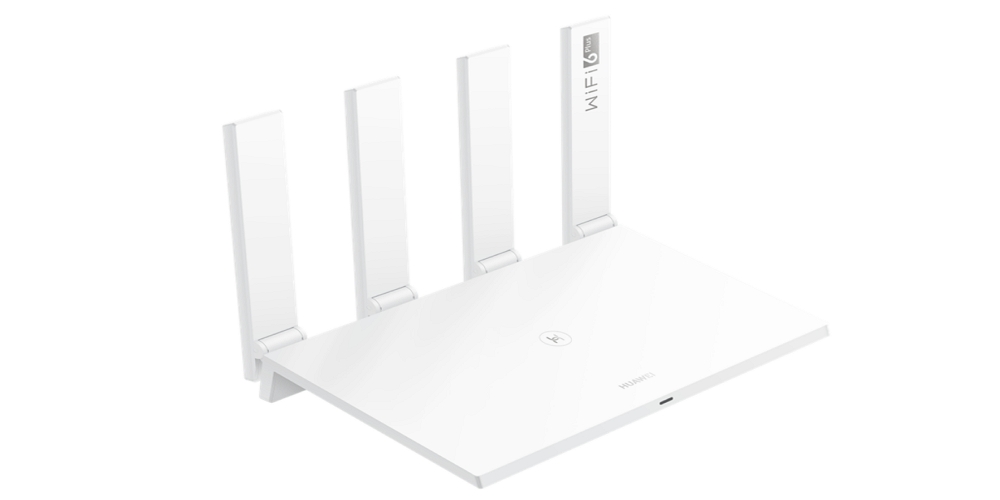
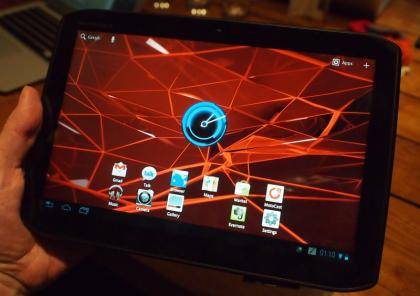
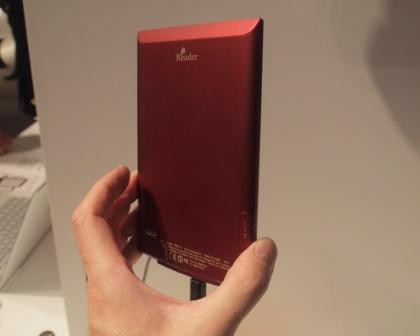
Leave a Comment